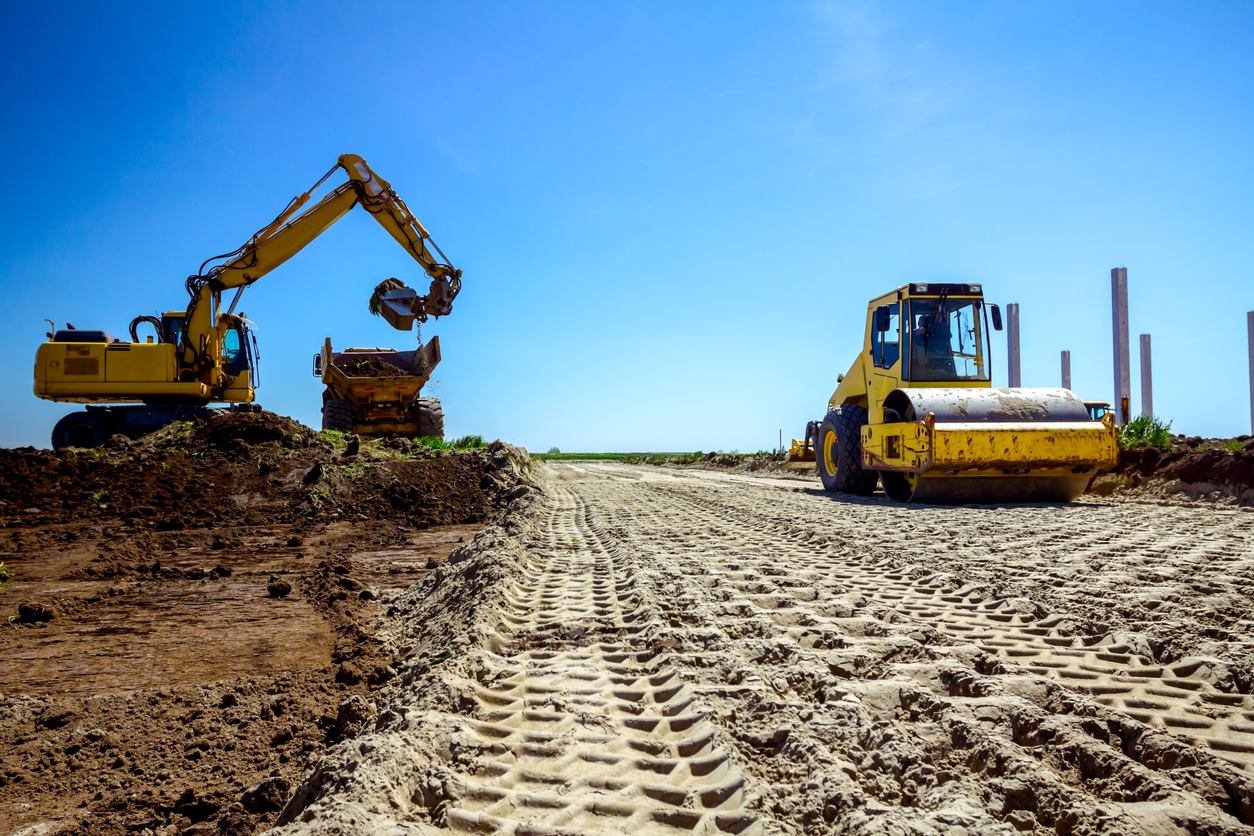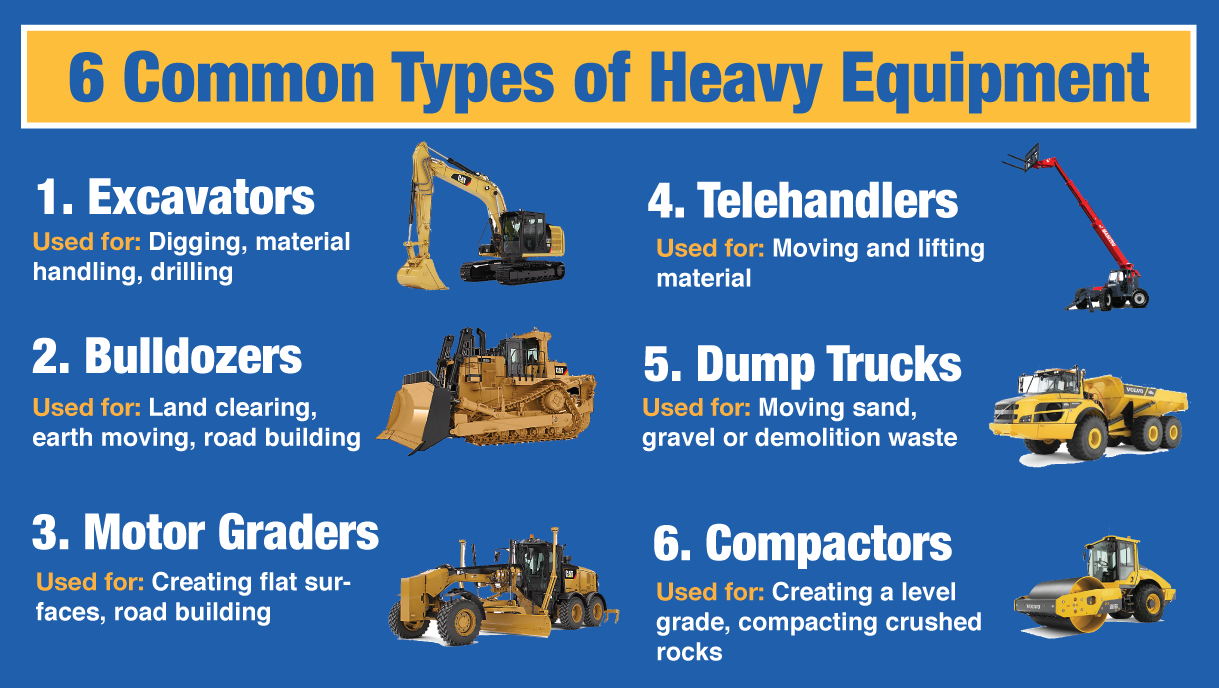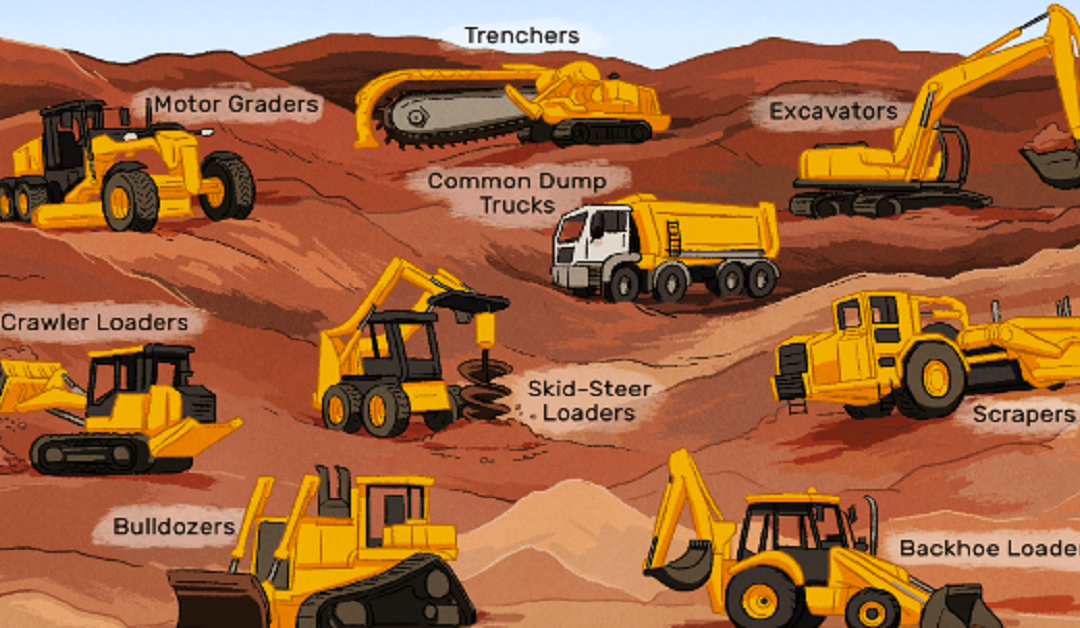Boom Lift Rental: Reach New Heights Safely
Boom Lift Rental: Reach New Heights Safely
Blog Article
Leasing Vs. Acquiring Building And Construction Devices: Making the Right Choice for Your Task
When getting started on a construction job, one of the essential choices that project stakeholders and supervisors face is whether to rent or get building tools. The choice hinges on different factors such as expense factors to consider, task period, equipment maintenance, flexibility, danger, and scalability management.
Price Factors To Consider
When reviewing the financial element of buying versus renting construction tools, the long-term costs and upfront costs need to be very carefully thought about. Renting out equipment typically calls for lower first repayments compared to purchasing, making it an appealing option for temporary jobs or specialists with spending plan restrictions. Leasing eliminates the demand for large capital expenses and reduces the financial danger connected with tools possession, such as upkeep and depreciation expenses. Nevertheless, in the future, continuously leasing equipment can gather higher prices than acquiring, especially for extensive projects.
On the other hand, getting building and construction devices involves greater upfront expenses yet can result in long-lasting financial savings, particularly for lasting projects or frequent individuals. Possessing tools offers versatility, ease, and the possibility for resale worth once the project is completed. In addition, having tools enables personalization and experience with particular equipment, possibly raising efficiency and productivity on-site. Inevitably, the choice in between leasing and buying building and construction tools depends upon the task's duration, frequency of usage, spending plan factors to consider, and lasting economic goals.
Job Duration

Conversely, for long-lasting tasks or continuous building and construction job, buying equipment might be the more economical choice. Getting equipment can lead to cost financial savings in the lengthy run, especially if the tools will certainly be regularly used. In addition, possessing tools provides a feeling of control over its schedule and enables for personalization to fit certain job demands.

Tools Upkeep
Provided the essential function job period plays in determining the most cost-effective strategy between renting out and acquiring building equipment, the emphasis now moves in the direction of taking a look at the essential facet of tools upkeep. Appropriate maintenance is vital for making certain the optimal performance and durability of building and construction tools. Renting equipment typically features the advantage of having actually properly maintained machinery supplied by the rental business. This can alleviate the burden of upkeep jobs from the task proprietor or specialist, saving effort and time. On the other hand, possessing devices requires a proactive strategy to maintenance to prevent failures, make certain safety and security, and prolong the equipment's lifespan. Normal assessments, servicing, and prompt repair services are required to keep owned and operated devices in top functioning condition. Variable in maintenance costs when making a decision between renting and purchasing, as disregarding upkeep can lead to costly repairs, downtime, and job hold-ups. Inevitably, a well-maintained building and construction devices fleet, whether rented or owned, is important for the reliable and effective completion of building jobs.
Adaptability and Scalability
In the world of building and construction devices monitoring, the element of versatility and scalability holds substantial importance for job effectiveness and source usage. Choosing to rent building devices offers a high degree of adaptability as it enables the fast adjustment of tools types and amounts based on the advancing needs of a project. Renting makes it possible for professionals to access a vast array of specific equipment that may be needed for particular jobs without the long-term dedication of ownership. This flexibility is specifically helpful for jobs with differing requirements or unclear durations (forklift rental).
Additionally, scalability, an additional vital aspect, is naturally connected to adaptability. Renting out building and construction equipment provides the advantage of easily scaling operations up or down as task demands fluctuate. Specialists can swiftly include or trade devices to match the task's altering requirements without the restraints of having possessions that may come to be underutilized or out-of-date. This capability to range sources efficiently can cause cost savings and improved job timelines, making renting a desirable option for projects requiring versatility and receptive source allocation.
Threat Management
Effective risk monitoring in construction equipment procedures is extremely important to making sure project success and mitigating prospective financial losses. Building jobs inherently involve numerous dangers, such as devices malfunctions, accidents, and project delays, which can considerably affect the project timeline and spending plan. By meticulously thinking about the dangers related to owning or renting building and construction devices, task managers can make informed decisions to lessen these potential dangers.
Renting out building and construction devices can provide a level of risk reduction by transferring the responsibility of repair and maintenance to the rental company. This can reduce the economic problem on the project proprietor in situation of unexpected equipment failings (mini excavator rental). Furthermore, leasing provides the versatility to access specialized devices for particular project stages, reducing the threat of owning underutilized equipment
On the various other hand, having construction tools offers a feeling of control over its usage and upkeep. However, this likewise means birthing the complete duty for repair work, upkeep expenses, and devaluation, increasing the monetary dangers linked with tools possession. Mindful threat assessment and consideration of aspects such as task period, tools application, and maintenance requirements are critical in establishing the most appropriate alternative for efficient risk administration in building projects.
Verdict
Finally, when deciding in between buying and renting out building and construction devices, it is essential to think about cost, project duration, tools maintenance, adaptability, scalability, and threat monitoring. Each aspect plays a vital function in determining one of the most appropriate option for the task at hand. check out this site By meticulously examining these elements, project managers can make an enlightened decision that lines up with their budget, click here for info timeline, and general task goals.

Report this page